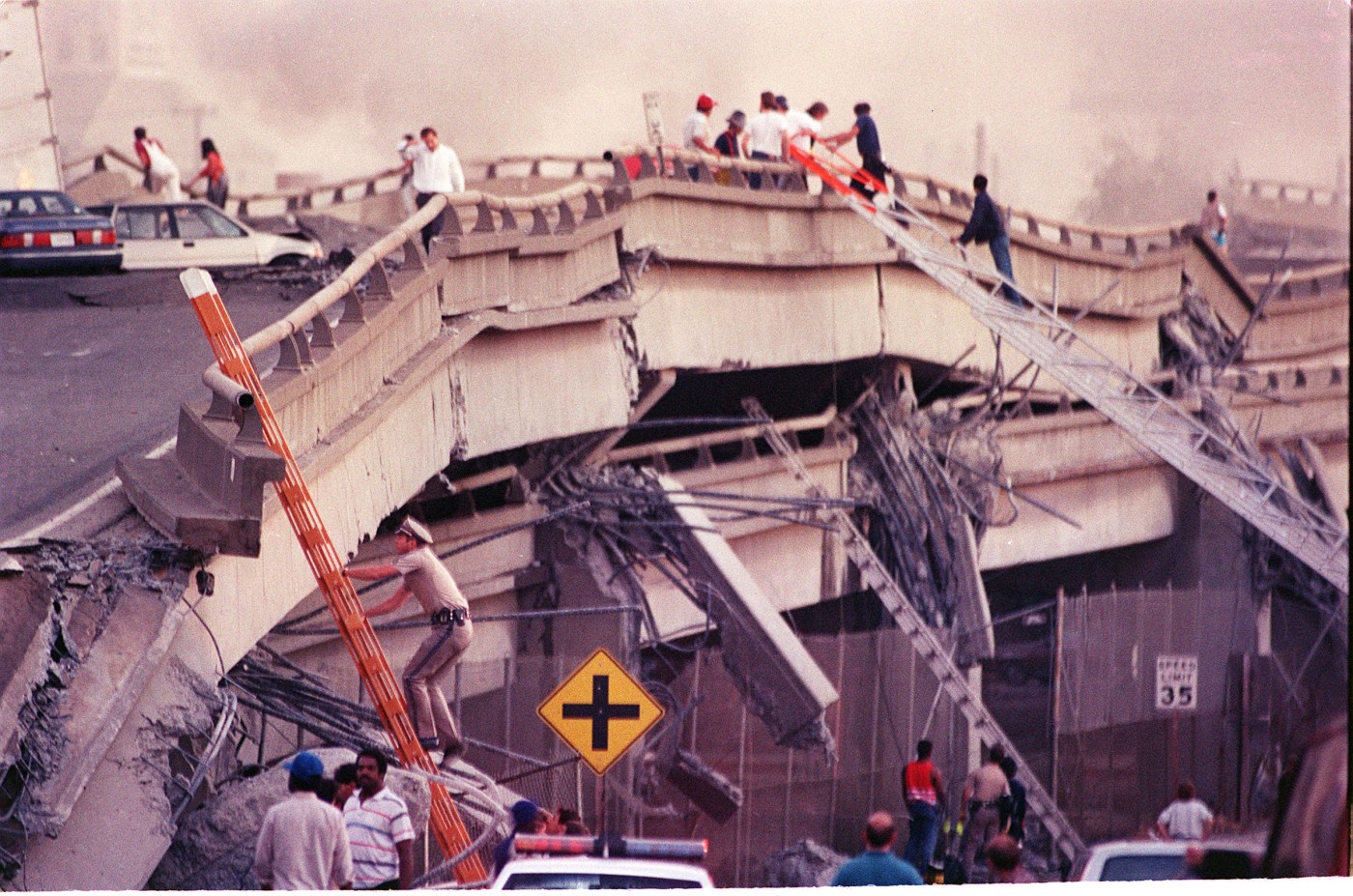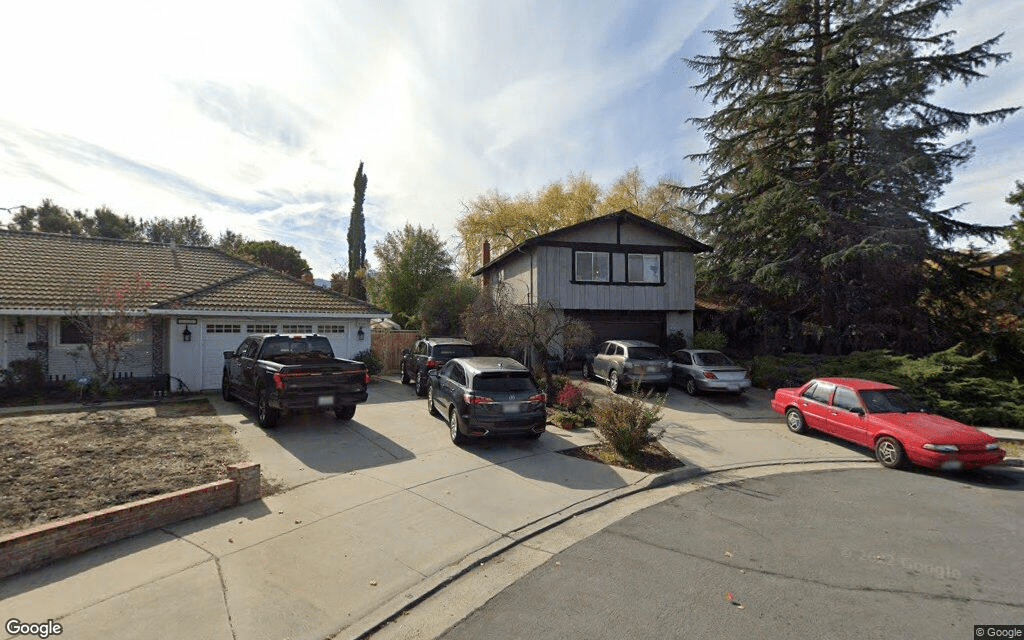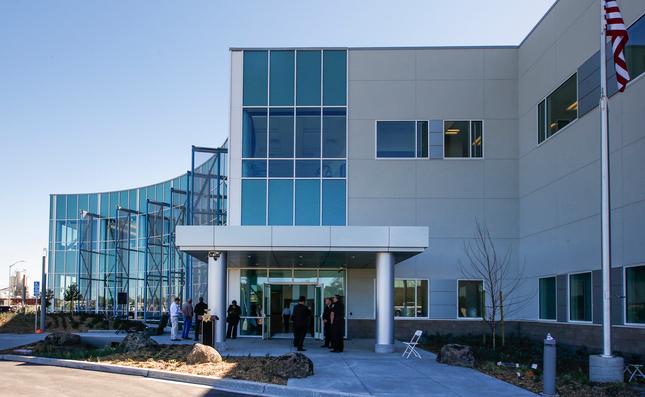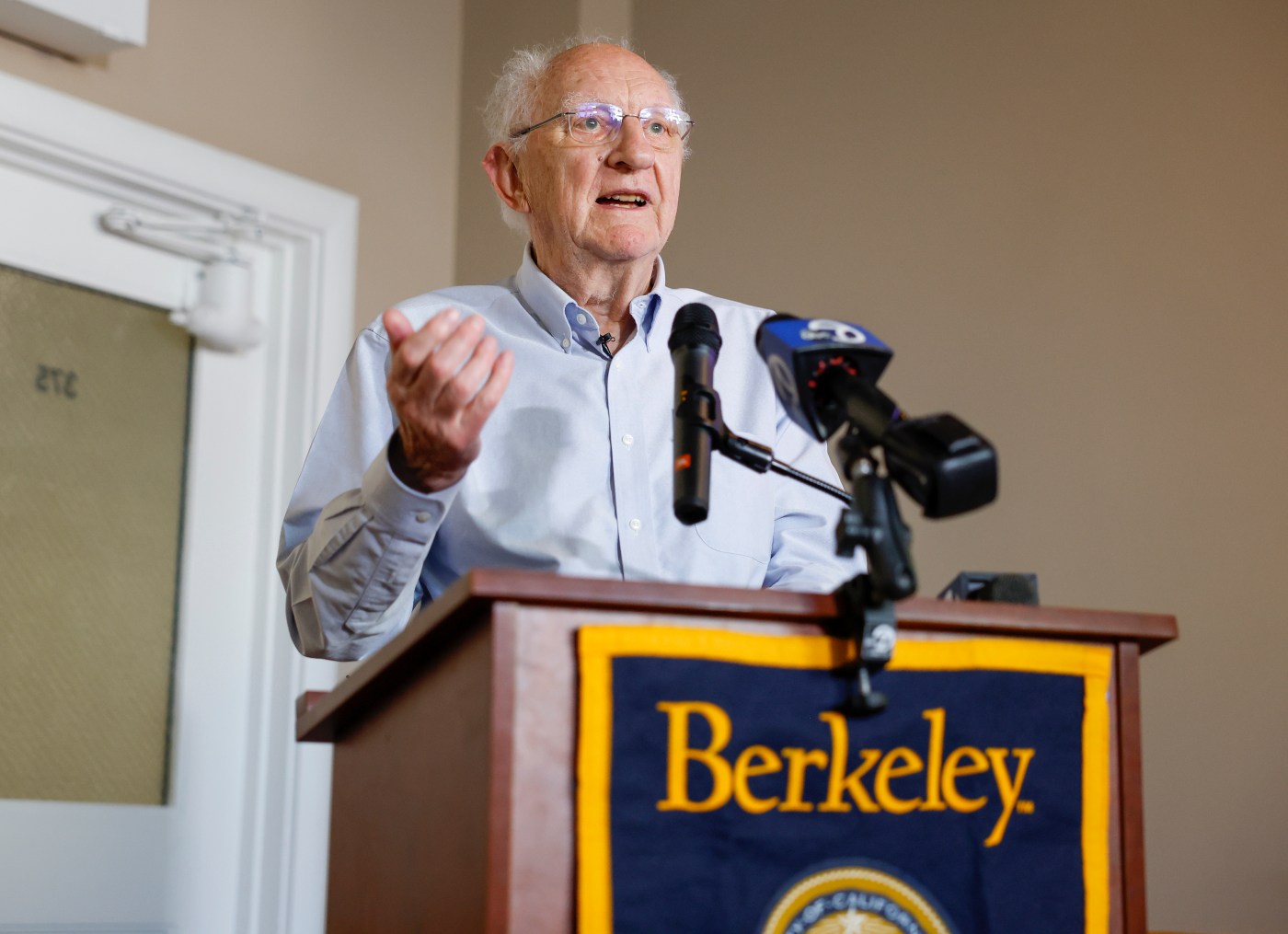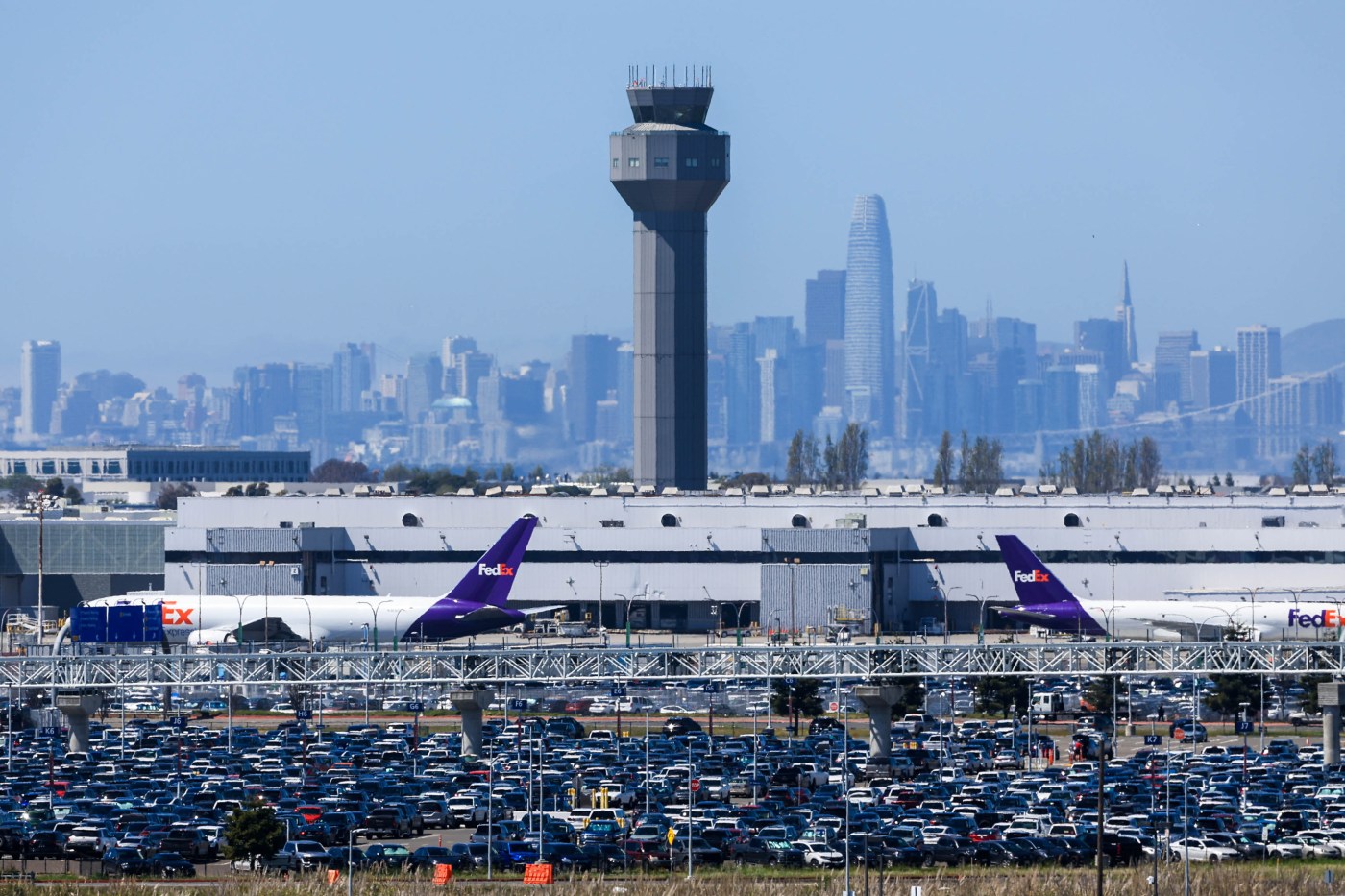It’s like a plot from a Hollywood movie. A massive earthquake on one West Coast fault triggers other earthquakes far away, causing vast destruction over hundreds of miles.
A new study out Tuesday reveals the scenario might not be as far-fetched as previously thought.
Scientists from Oregon State University studying sediment layers in the Pacific Ocean have discovered that two of the most notorious faults on the West Coast — the San Andreas Fault in Northern California and the Cascadia Subduction Zone off Oregon and Washington — may be synchronized, with earthquakes on one fault having the potential to set off the other.
The study, published in the journal Geosphere, concluded that there are at least three instances in the past 1,500 years, including a most recent one from 1700, when the researchers believe huge ruptures occurred on each fault just minutes to hours apart. It appears that a large quake on the Cascadia Subduction Zone triggered the San Andreas Fault in these cases, the scientists said, causing another large quake in Northern California.
“We’re used to hearing the ‘Big One’ — Cascadia — being this catastrophic huge thing,” said Chris Goldfinger, a marine geologist at Oregon State University and lead author of the study. “It turns out it’s not the worst case scenario.”
Major quakes on either of the two faults are rare. But each has the potential to kill thousands of people and cause billions of dollars of damage, previous studies have shown.
The potential linkage between both faults means disaster planners should take into account the possibility of back-to-back quakes, the researchers said Tuesday.
“We could expect that an earthquake on one of the faults alone would draw down the resources of the whole country to respond to it,” Goldfinger said. “And if they both went off together, then you’ve got potentially San Francisco, Portland, Seattle and Vancouver all in an emergency situation in a compressed timeframe.”
To be sure, huge quakes on the two faults are very infrequent. The San Andreas Fault has a massive quake roughly every 225 years on average. The Cascadia Subduction Zone, an offshore fault which extends from Cape Mendocino, in far Northern California, to Vancouver Island in British Columbia, produces a massive quake about every 500 years on average, according to geologic records.
Put another way, a Bay Area resident could have been born in 1907, lived to age 81, and missed the 1906 San Francisco Earthquake and the 1989 Loma Prieta Earthquake, the two most devastating quakes in Northern California of the 20th century on the San Andreas Fault.
“I don’t think you should be walking around all day worrying about the Cascadia and San Andreas faults going off and giving us a double whammy,” said David Schwartz, a geologist and scientist emeritus with the U.S. Geological Survey at Moffett Field. “If it happens, it happens. But I’m more concerned about the Hayward Fault or the Calaveras or Rogers Creek faults right here in the Bay Area. You can’t walk around worrying about these things. But you can prepare.”
The last significant damaging earthquake in the Bay Area was the 6.0 South Napa Quake on Aug. 24, 2014, which killed 1 person, injured 300 and caused $1 billion in damage in Napa and Vallejo. That quake occurred on the West Napa Fault, a segment of the San Andreas Fault Zone.
Before that, it was the 6.9 magnitude Loma Prieta Earthquake on Oct. 17, 1989, which disrupted the World Series, and wrecked the Bay Bridge, Oakland’s Cypress Freeway, downtown Santa Cruz, and parts of San Francisco, killing 63 people and caused $6 billion in damages.
Millions of new people have moved into Northern California and been born since 1989.
Schwartz said it is important that everyone prepare for earthquakes by taking steps like bolting bookshelves to the wall, storing backup water supplies, buying a battery-operated radio, and having a plan for their family in the event of multi-day power outages and other disruptions.
“It’s sort of life living on the West Coast,” he said. “If you prepare — get your house ready, your family ready, you know what you are going to do — then whatever fault it happens on you’re ready. I wouldn’t worry about one fault creating a quake on the other. If that happens, sure it is going to be bad for the region. But all you can do is prepare yourself for whatever emergency arises.”
Although Californians are relatively familiar with the San Andreas Fault, the Cascadia Subduction Zone is in many ways more dangerous. That fault, where the Juan de Fuca Plate is subsiding underneath the North American Plate, is is capable of producing earthquakes up to 9.0 magnitude.
Studies have shown that a quake of that enormous size could cause shaking for up to 5 minutes, with most damage in Oregon and Washington, and trigger a tsunami wave up to 100 feet high. The last major quake on the Cascadia fault system was on Jan. 26, 1700, and is estimated to be a 9.0.
There is a 10-15% chance of 9.0 on the Cascadia Subduction Zone in the next 50 years, according the U.S. Geological Survey.
There is about a 72% probability of one or more magnitude 6.7 or larger earthquakes occurring on any fault in the Bay Area, and 60% chance in Los Angeles, the USGS has concluded.
Tuesday’s study was based on scientists taking sediment cores in the ocean floor off Northern California, Oregon and Washington. They analyzed layers known as “turbidites” where different sizes of sand and gravel are deposited by underwater landslides often triggered by earthquakes, and used radiocarbon dating to study 3,100 years of geologic history.
Schwartz said that earthquake researchers have theorized about potential linkages between the two massive faults for years, and the new paper will likely expand the debate.
“They have put some definite things on the table to take a close look at,” he said.
